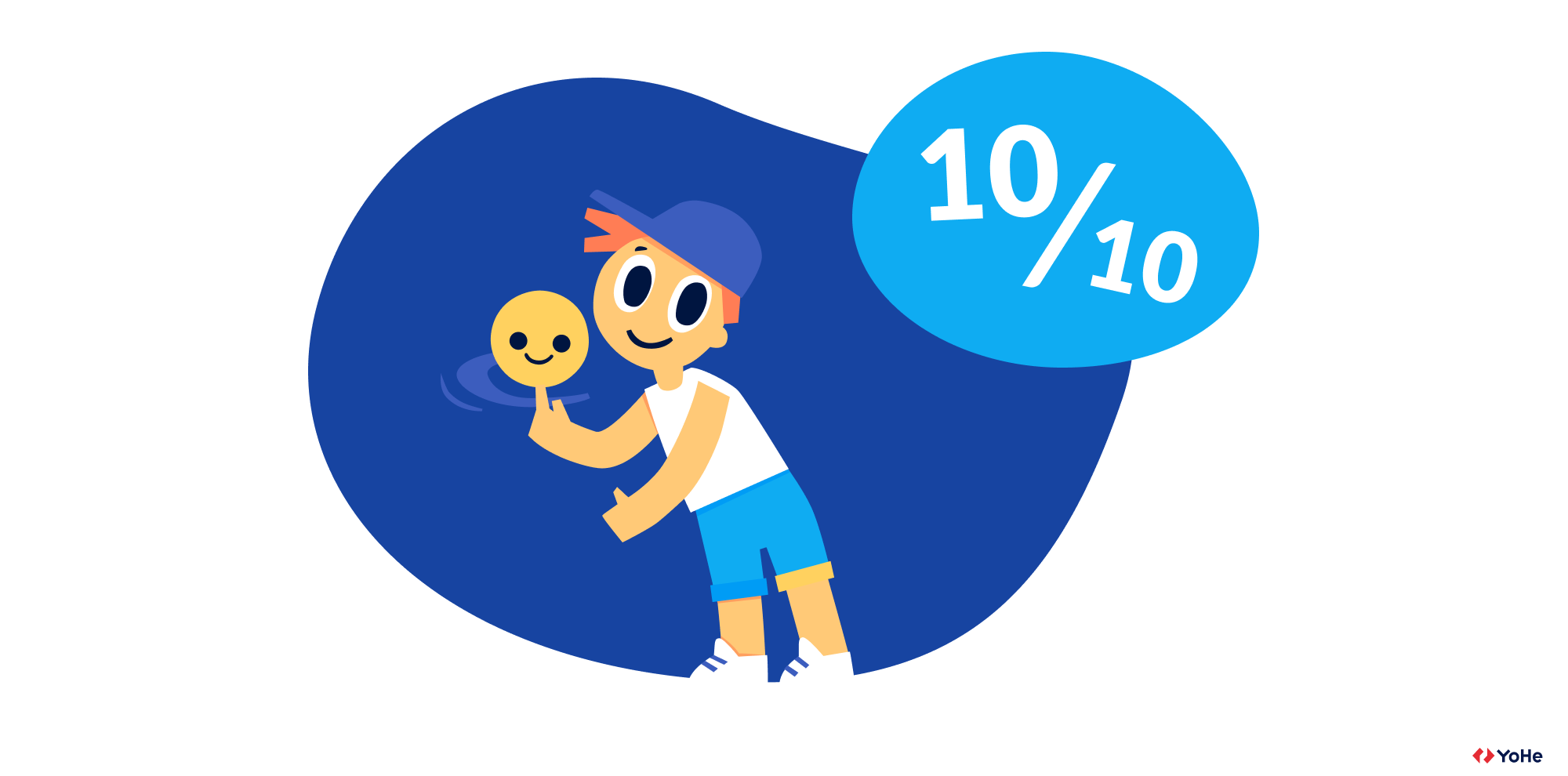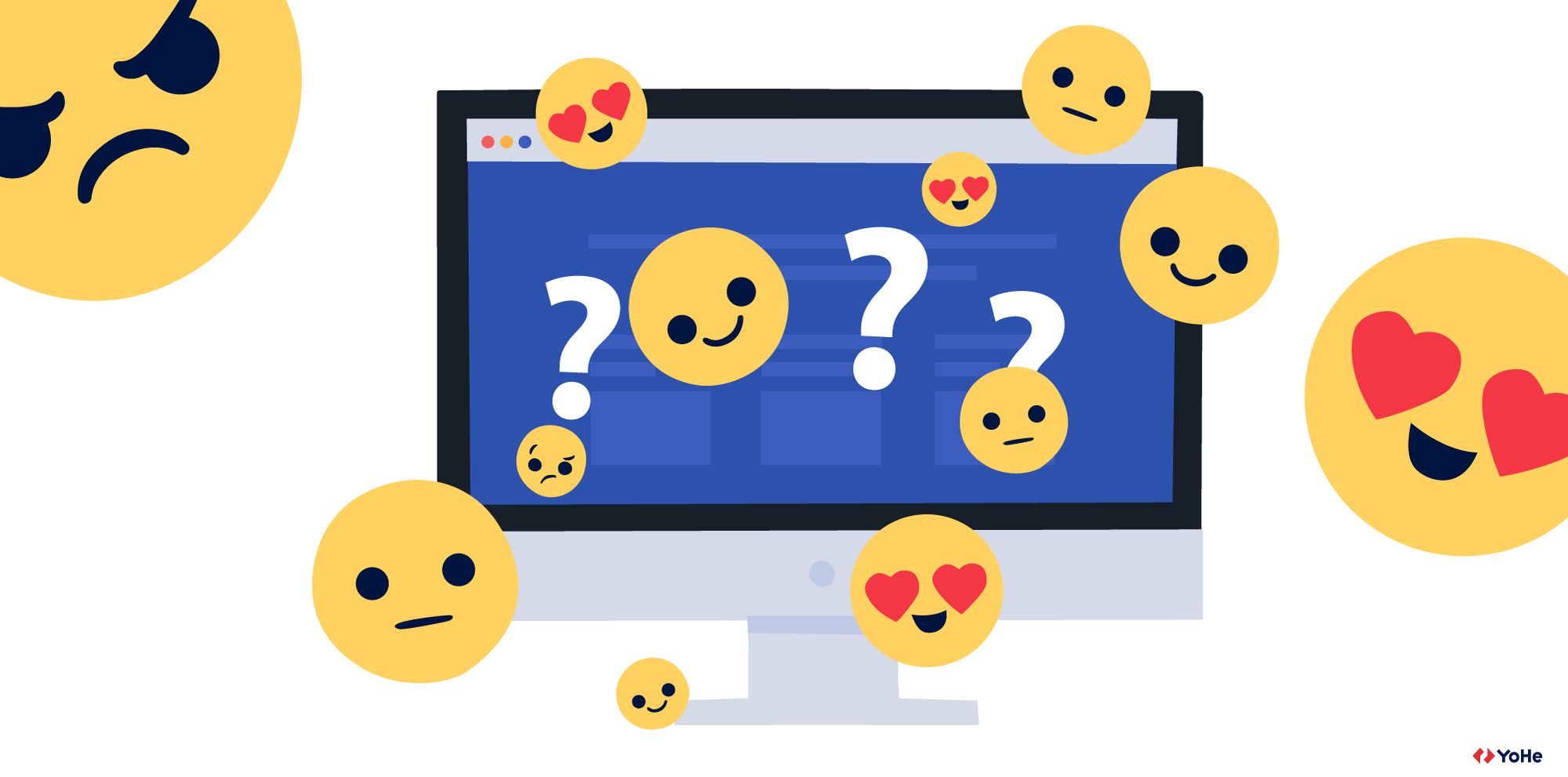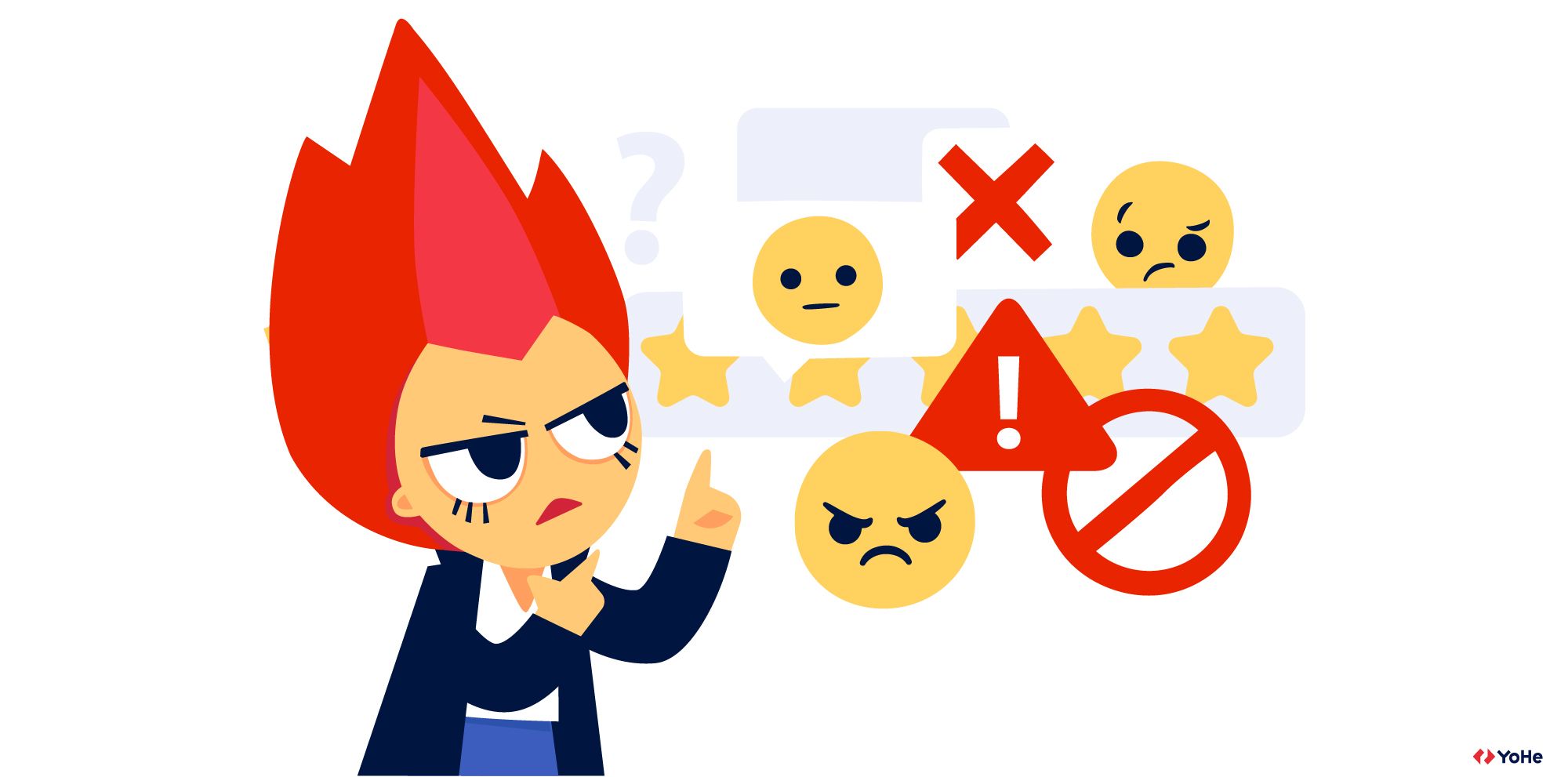Today we will talk about a simple axiom again. 2×2 = 4, and the difference between a successful and a failed business lies in understanding your customers.
Large companies don't just listen to users – they listen to them and want to be friends. Top companies have learned to look at things through the eyes of their consumers.
If you also want to get into the business pantheon, you need to start with customer orientation. Checklist:
- Why do customers need you?
- How can you help them?
- What are they looking for?
- What is their pattern of behavior?
- What are they interested in?
Too many questions? But, nothing complicated – it's certainly not rocket science. In this post, we talk about 12 techniques-answers.
What is the Voice of the Customer?
It is 5x times more expensive to bring a new user than to keep the old one. The Internet is bursting with materials and techniques to retain users. Today we will focus on the Voice of the Customer.
Voice of the Customer (VoC) is the needs and requirements of the consumer. And also the process of collecting information about your business, product, service/website from your user.
The Voice of the Consumer helps visualize the difference between the customer's expectations and his real user experience. VoC is vital for Customer Success (which we will talk about later) and at the product development stage.
How the Voice of the Consumer gives business a boost
With VoC, you get closer to the user. This technique allows you to:
- Prevent brand crises
- Develop new ideas, come up with solutions in UX that you haven't thought about before
- Customize the product, service, add–ons to hit the target - to satisfy users
- Retain customers.
Collecting VoC is only the initial stage. After that, the data is analyzed, dissatisfied customers receive a response, and you work on the errors. For example, Tim Cook, CEO of Apple, personally responds to several dozen customer emails every day. And Jeff Bezos, the founder of Amazon.com, forwards messages from dissatisfied customers to employees and asks them to fix their shortcomings urgently.
According to the latest research by the Aberdeen Group, the revenues of the largest companies using VoC, on average, increase 10x times each year. And it's not a coincidence.
We hope we managed to interest you. We will now tell you about 12 ways to collect user feedback.

1. Interview
Interviews are a traditional technique for collecting VoC. With it, you look at the product directly through the eyes of the consumer – bugs, problems, and friezes become visible in the palm of your hand. The interview is conducted with one client or a group, depending on the tasks and budget.
As a rule, the interview is taken in person, by phone, or by email. It's expensive, but the client feels that you care about him and will answer very honestly.
2. Surveys on the website
Another popular form of VoC collection is online surveys. Users will readily answer what problems they are experiencing and what you should fix.
However, in the case of surveys, it is vital to ask the right question – this is generally the basis of success. Because there is a high probability of getting irrelevant answers. That's why the design of the questions is approached so carefully.
Answer forms are also customized – from a simple yes/no to a field with text input.
3. Live Chat
According to research, 44% of online shoppers consider chats a must-have on online shopping sites. Online chats are a quality way to collect feedback in real-time. And reduce the likelihood of user dissatisfaction.
4. Social networks
If you imagine that VoC is a cocktail, then social networks are straws in it. It is possible to do without them, but they significantly facilitate data collection.
You can switch to an up-to-date dialogue at any time and promptly help the client resolve his issue. Or not to help, but to silently collect something for your internal statistics.
The main strength of social networks is real-time communication with people who use your product or service. Plus, social networks help to be on-trend and create viral stories. It is quite difficult to convert such feedback into statistics, but it is more lively and honest.
5. Behavior Analytics
In addition to live chats and surveys, install tools for analyzing user behavior on the site. Heatmaps of scrolls and clicks will tell you more about user habits than a personal psychologist or a detective.
6. Call recording
Sometimes archived data also helps to change the product. For example, recorded phone conversations with customers. They will tell you how users perceive your brand, what they like, and what they are not satisfied with.
Although this technique takes a lot of time, try using it. It will help you train the customer support team and, in general, improve the quality of customer service.
7. Customer reviews on third-party resources
A website is only a part of your online reputation. If you produce a product or distribute a service, reviews about your brand may appear on third-party resources. And it is very important to learn how to work with them. In many ways, this is how trust is earned.
According to research, about 86% of users doubt a purchase if they see negative reviews from other people. That's why it's vital not just to accumulate positive feedback, but also to learn how to work out negative feedback.
8. Off-site surveys
Not the most popular method, especially for large and successful companies. But small and medium-sized businesses often collect user feedback in this way - using the simplest tools like Google Docs.
9. Net Promoter Score
We have already described NPS in detail in one of the blogs. It is a marketing tool that measures user loyalty to your company. If you haven't seen it yet, read our guide on this metric. The Score is simple to handle but is directly related to brand growth.
10. Focus groups
From 8 to 12 users gather in one room. No, this is not the beginning of some game. They discuss your product – expectations, positive or negative experiences. Focus group participants can communicate all together or split into smaller groups of up to 2 people.
This technique is used when the company wants to determine customer priorities. Concepts are tested in focus groups, and they are usually collected after the stages with interviews and surveys. This is the last frontier before testing a new product.
11. Email
A very mobile method and the degree of its informality depends only on you. Send individual emails to specific users or create a template for mass mailing. Feedback from the user can be requested by responding to an email or adding a link to the survey.
12. Permanent form on the website
The last option for capturing VoC is a permanent feedback form on the site. And this is perhaps the most mandatory item on our big list.
It doesn't matter what other techniques you will use – allow the user to go to a special page at any time and leave a review. This way they won't have to wait for a pop-up survey to appear or a letter to come to the mail.

Feedback analysis
Collecting data from users is just a tiny part of the VoC. Now your most important task is processing the received data. And to learn how to do it effectively, you need to feel the difference between the wants and the needs of customers.
For example, you are delivering pizza and receive a request from a frustrated visitor to your restaurant to change his order – he paid for vegetarian instead of Hawaiian. The want in this case is to bring a specific pizza to a specific person. The need is high–quality delivery, in which orders are not confused.
The want may be outrage over the courier's lateness: "Bring food faster!". The need is to work on time-management and logistics.
Similarly, if you receive feedback from a user asking you to change the color of the registration button from blue to red, the want is the color change. Dig deeper: it means that site visitors hardly find this notorious button that lowers conversion.
A competent VoC analysis is the separation of wants from needs. From the small want, you need to isolate the big needs, and then prioritize them according to the degree of importance. Only then will the feedback collection acquire a final meaning – it is a constant work on mistakes.
As a result
The list looks quite large, but this does not mean that you need to apply all the techniques at once. It is expensive, time-consuming, and, perhaps, counterproductive. Companies that understand the value of the VoC usually use 3-4 different techniques to collect it.






